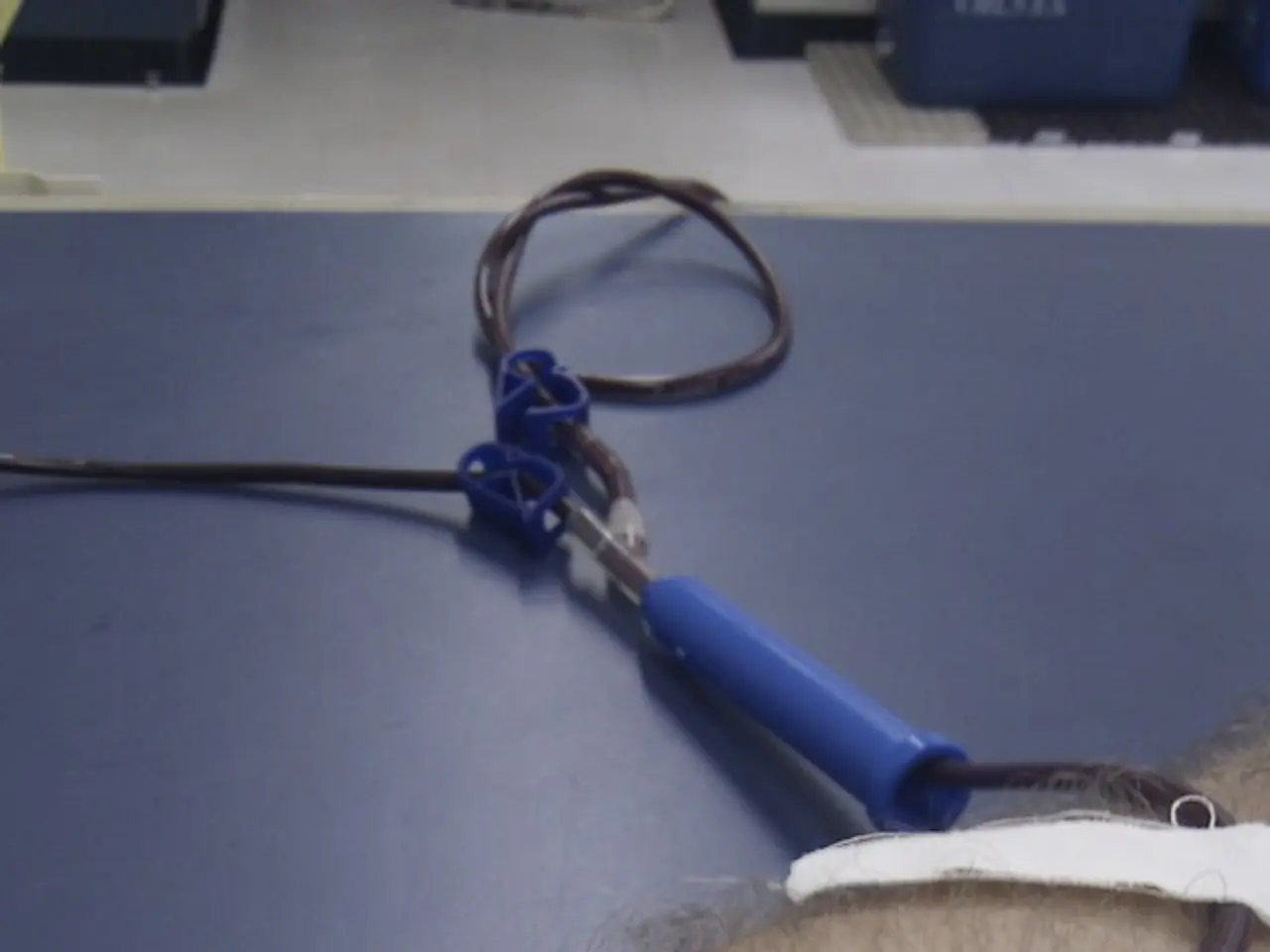Misconceptions About Varicose Veins: Debunking 7 Common Misunderstandings
Varicose veins, those unsightly and often uncomfortable bulges in the legs, are a common condition that affects half of all adults, with the prevalence increasing with age [1]. But, there are many misconceptions surrounding their causes and treatments.
Dr. Kathleen Boyle, a vascular surgeon, aims to debunk these myths and provide clear, evidence-based advice on preventing and treating varicose veins.
Contrary to popular belief, varicose veins do not develop due to external pressure or from crossing one's legs. Instead, they are often caused by defective valves in the veins or weakened vein walls [2].
Pregnancy can exacerbate varicose veins, but it does not cause them. In fact, varicose veins that become noticeable during pregnancy usually fade after delivery [3]. Similarly, wearing tight shoes or pants can worsen existing varicose veins, but they do not cause them [4].
So, what can be done to prevent or reduce the appearance of varicose veins?
- Maintain a healthy weight. Reducing strain on leg veins is crucial in lowering the risk of developing varicose veins [1][4].
- Engage in regular exercise. Activities such as walking, swimming, cycling, or yoga improve blood circulation and muscle tone, which helps prevent varicose veins [2][3][4].
- Wear compression stockings. Medical-grade compression stockings, providing 20-30 mmHg pressure, can improve venous blood flow and reduce vein swelling [2][4].
- Elevate your legs. Elevating the legs when sitting or lying down promotes proper blood flow back to the heart and relieves venous pressure [2][4].
- Follow a high-fiber, low-salt diet. This dietary approach prevents constipation and water retention, both of which increase venous strain [1][2].
- Stay well-hydrated. Drinking at least 8 glasses of water daily supports vein health and reduces fluid retention [1][2].
- Avoid prolonged sitting or standing. Changing positions frequently prevents blood pooling in leg veins [2][4].
- Avoid high heels. High heels may increase leg vein strain [1].
These preventive strategies effectively reduce the risk or delay the progression of varicose veins, but they do not guarantee complete prevention, especially in individuals with a strong genetic predisposition [3]. For existing varicose veins, medical treatments like sclerotherapy or laser therapy may be necessary [5].
[^5^]: refers to the more advanced treatments noted in source [4].
When varicose veins are causing symptoms, there are proven ways to treat them. Massage may help reduce swelling or discomfort from varicose veins, but it will not make them go away [6].
[^6^]: This information is based on the provided bullet points and does not necessarily reflect the expert opinions of Dr. Kathleen Boyle.
- Active engagement in health-and-wellness practices, such as maintaining a balanced diet rich in fiber and low in salt, and regular exercise, contributes to improved vein health and can help prevent the development of varicose veins [1][2].
- Skin-care practices, like investing in medical-grade compression stockings providing up to 30 mmHg pressure, can support healthy venous blood flow and reduce vein swelling, thus preventing varicose veins or reducing their appearance [2][4].
- Women's health considerations reveal that pregnancy alone does not typically cause varicose veins, but taking steps to prevent varicose veins, such as maintaining a healthy weight and engaging in regular exercise, may be beneficial for expectant mothers [3].




